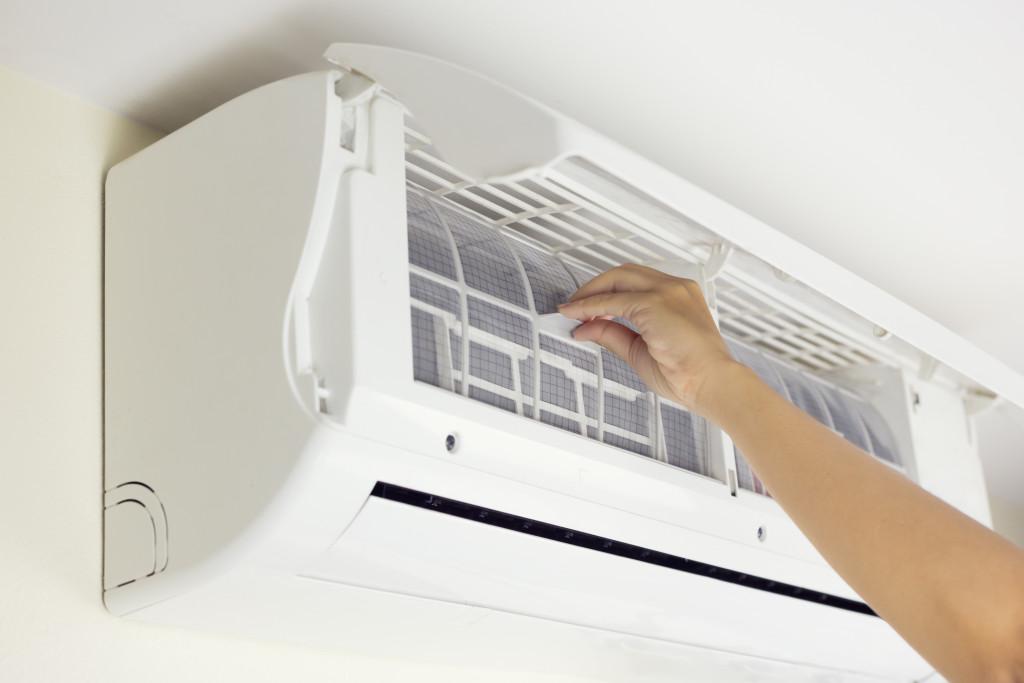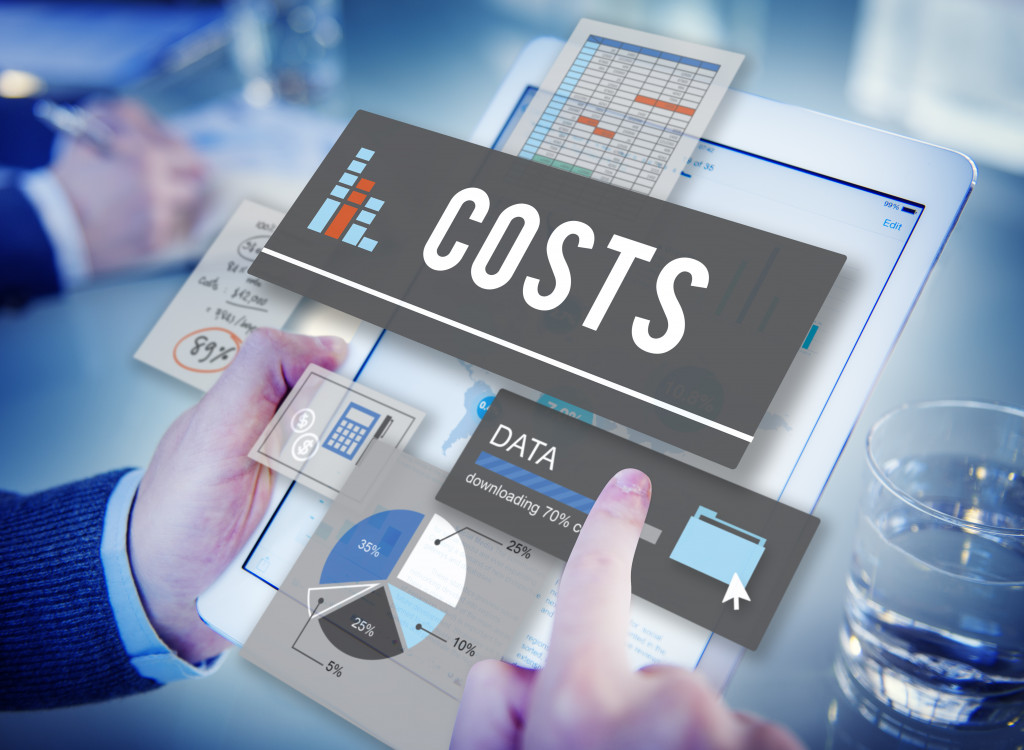- Analyze and streamline operational costs to reduce business expenses.
- Optimize energy consumption by conducting an energy audit and switching to energy-efficient lighting.
- Embrace technology to automate repetitive tasks, improve efficiency, and reduce the need for manual labor.
- Consider workplace maintenance and repairs to prevent costly issues in the future.
- Control overhead costs by evaluating each cost category carefully and negotiating favorable terms with landlords or suppliers.
Running a successful business requires effective financial management and smart decision-making. One crucial aspect of managing your business’s finances is reducing expenses without compromising the quality of your products or services. This guide will provide five valuable tips to help you minimize your business expenses while maintaining high productivity and profitability. By implementing these strategies, you can optimize your financial resources and secure the long-term sustainability of your enterprise.
1. Analyze and Streamline Operational Costs
To reduce business expenses, start by analyzing your operational costs. Take a detailed look at all aspects of your operations, such as inventory management, production processes, and service delivery. Identify areas where you can streamline processes, eliminate wasteful practices, and reduce costs. Consider negotiating with suppliers to secure better deals or exploring alternative suppliers that offer competitive pricing without compromising quality. Regularly review your vendor contracts to ensure you are getting the best value for your money.
2. Optimize Energy Consumption

Energy costs can be a significant expense for businesses. By implementing energy-saving measures, you can significantly reduce utility bills and make your business more sustainable. Start by conducting an energy audit to identify areas where you can improve efficiency. Switch to energy-efficient lighting, install programmable thermostats, and encourage employees to power down computers and other equipment when not in use. Additionally, consider investing in renewable energy sources, such as solar panels, which can provide long-term cost savings.
3. Embrace Technology
Leveraging technology can help streamline processes and reduce costs. Look for software solutions or digital tools that can automate repetitive tasks, improve efficiency, and reduce the need for manual labor. For example, project management software can enhance collaboration and productivity, while customer relationship management (CRM) systems can streamline sales and marketing efforts. Cloud computing can also reduce the need for costly infrastructure and hardware upgrades. Embracing technology can lower expenses and enhance your overall business performance.
4. Consider Workplace Maintenance and Repairs
Maintaining a well-functioning workplace is essential for productivity and employee satisfaction. However, neglecting maintenance and repairs can lead to costly issues down the line. Create a proactive maintenance plan for your office or workspace to avoid hefty expenses. Promptly address any maintenance issues to prevent them from causing disruptions or incurring higher repair costs. A proactive approach can ensure a safe and efficient work environment while minimizing unexpected expenses.
Here are some aspects to consider for maintenance and repairs:
Roofing
Roofing should be particularly concerned regarding maintaining a safe and efficient work environment. Regular inspection is necessary to detect damage signs before they become more severe. Consider utilizing a drone inspection service to provide detailed aerial footage of the roof’s condition and help identify potential issues. This approach can save time, money, and energy as it does not require climbing onto the roof, thus significantly reducing risk.
HVAC

A broken heating or air conditioning system can affect the comfort of your office environment and lead to costly repair bills if neglected. Ensure that all HVAC systems are serviced regularly to keep them running efficiently and avoid expensive breakdowns in the future.
Lighting
Regularly check light fixtures such as fluorescent tubes and bulbs for signs of wear and tear or flickering lights caused by faulty wiring or an overloaded circuit. Replacing the bulbs when they become dim can help reduce your electricity bill and prevent potential hazards due to inadequate lighting.
Plumbing
Leaky pipes, clogged drains, and other plumbing issues can quickly cause flooding in your office space. Ensure all plumbing fixtures are regularly inspected for signs of wear and tear or blockages to fix problems promptly before they become more severe. Additionally, ensure that all visible piping is well insulated, which will help reduce the risk of burst pipes during cold weather.
5. Control Overhead Costs
Overhead costs, such as rent, utilities, insurance, and office supplies, can quickly increase and impact your bottom line. To reduce these expenses, evaluate each cost category carefully. Negotiate with landlords to secure more favorable lease terms or consider relocating to a more cost-effective location. Implement energy-saving measures to lower utility bills, and review insurance policies to ensure you have adequate coverage at the best possible rates. Additionally, consolidate office supply orders, negotiate bulk discounts, and encourage employees to be mindful of wasteful consumption.
Final Words
Reducing business expenses requires a comprehensive approach addressing various operations aspects. By implementing the five tips discussed in this guide — analyzing and streamlining operational costs, optimizing energy consumption, embracing technology, considering workplace maintenance and repairs, and controlling overhead costs — you can significantly lower your expenses while maintaining high productivity and profitability. Remember, small adjustments and proactive measures can substantially impact your business’s financial health and long-term success.

